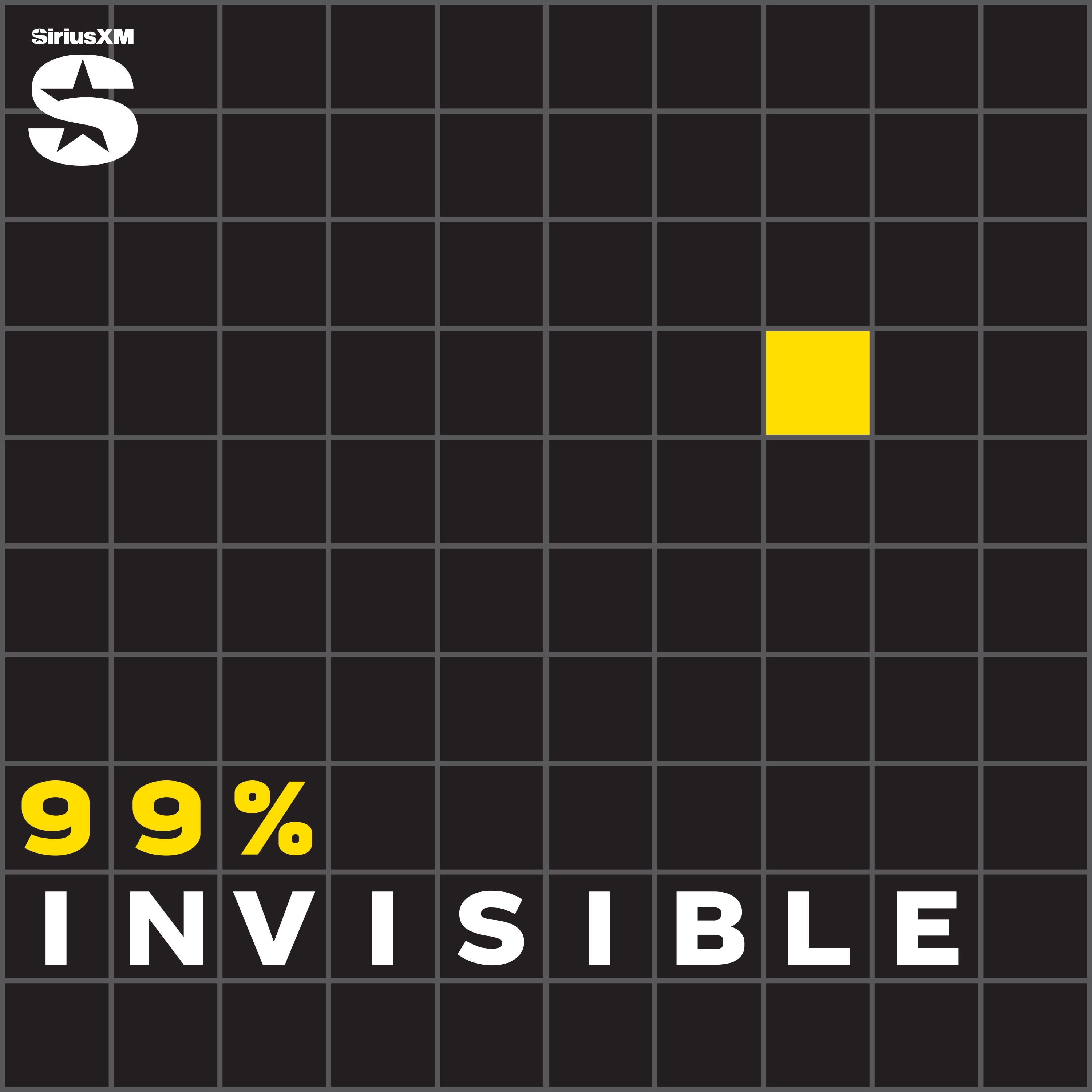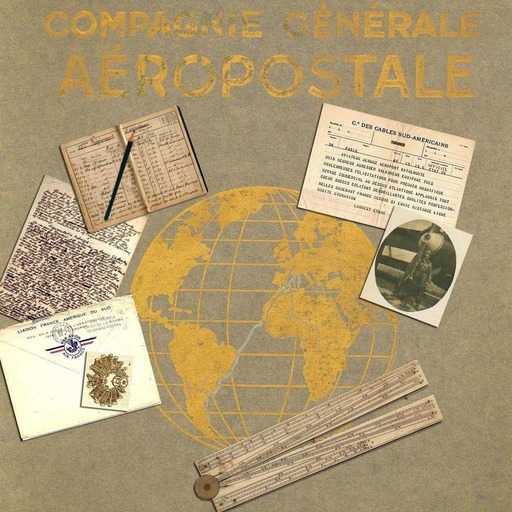For a long time, the Court operated under what was called Legal Formalism. Legal formalism said that the job of any judge or justice was incredibly narrow. It was to basically look at the question of the case in front of them, check that question against any existing laws, and then make a decision. Unlike today, no one was going out of their way to hear what economists or sociologists or historians thought. Judges were just sticking to law books. The rationale for this way of judging was that if you always and only look at clean, dry law the decisions would be completely objective.
In the late 19th, early 20th century a movement rose up to challenge legal formalism. They called themselves the legal realists. Fred Schauer, professor of law at University of Virginia, says the Realists felt that the justices weren’t actually as objective as they said they were. "Supreme Court justices were often making decisions based on their own political views, their own economic views, and would disguise it in the language of precedence or earlier decisions," says Schauer. The realists said lets just accept that reality and wanted to arm the judges with more information so those judges could make more informed decisions.
For a long time the debate between realists and formalists had been mostly theoretical. That is until the arrival of the Brandeis Brief. The Brandeis brief came during a pivotal court case in the early 20th century. And the man at the center of that case was a legal realist and progressive reformer named Louis Brandeis.
Fact Checking the Supreme Court
Subscribe to SiriusXM Podcasts+ to listen to new episodes of 99% Invisible ad-free and a whole week early.
Start a free trial now on Apple Podcasts or by visiting siriusxm.com/podcastsplus.
Hosted by Simplecast, an AdsWizz company. See pcm.adswizz.com for information about our collection and use of personal data for advertising.


 Emissions
Emissions







